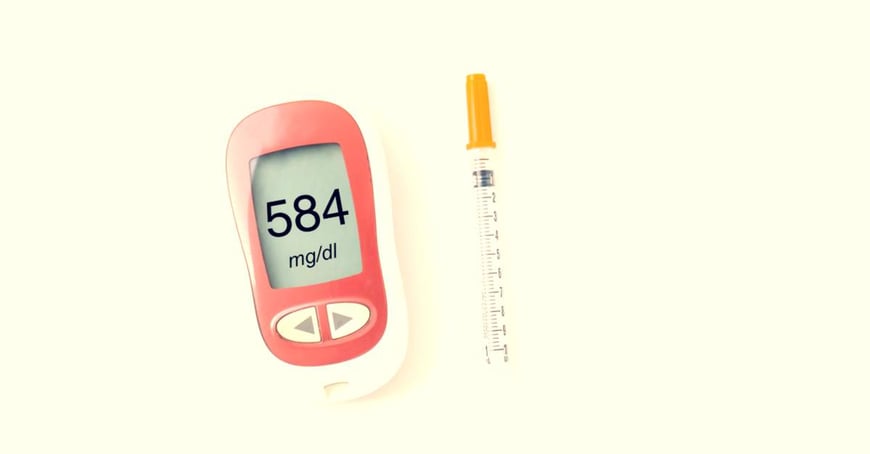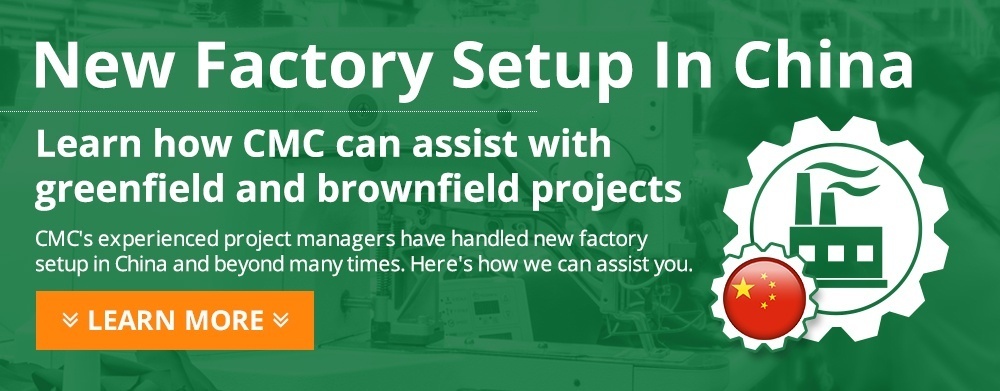Recently we met with a European company that currently exports medical devices to China and is thinking of manufacturing them “in China, for China”. It makes increasing sense for them.
Is manufacturing medical devices in China something that you are looking to do? Let's explore.
Medical Device Manufacturing In China Is Becoming More Important

The company we met are not the only ones thinking like this.
Many other companies in the medical device manufacturing industry are coming to the same conclusion. There are several reasons for this:
- The healthcare market is expanding quickly in mainland China. The number of people who can afford relatively good care is in the hundreds of millions and growing rapidly.
- The import duty is about 30% on this class of products. And the customs (CIQ) routinely delay the process by weeks because of inspections.
- Beijing has been quite clear that things are going to change. Currently, about 80% of medical devices are imported, and they want that proportion to drop to 20% in the next few years. The fact that the critical components and the final assembly were made locally unlocks many markets.
If you want to go ahead and manufacture medical devices in China, you should look at 3 main options that we described below.
(In this article, I am assuming your products are already selling into China; and that you already managed to get the certification for them.)
1. Set up your own medical device factory in China
- Setting up your own manufacturing entity in China gives you two benefits:
Full control over the quality standard – as I wrote before, adherence to quality standards is of utmost importance in this industry. - High control over the spread of the technical know-how you will transfer to China.
Two notes about this option:
- If your products are considered high-tech and the processes are not polluting, you might be welcome in very favorable terms by many cities. You might not have to pay rent for 5 years, for example.
- Regardless of whether you make your products in your country or in China, make sure you register your trademark(s) and your design patent(s) in China. You have to expect that some unethical entrepreneurs will reverse-engineer your basic design and try to sell a copy on their market.
The downside is, you are seen as a foreign company. Let’s just say that, in that industry, foreign-made products are not given preferential treatment…
2. Investing some money together with a local manufacturer (JV)
Can you find a good, compatible, capable, ethical partner? You might have read many horror stories, but there are such business owners in China.
Joint ventures used to have bad press in China, but they seem to have been making a comeback for about 8-10 years, according to the China Law Blog. If you select the right partner, you structure the deal the right way, and you have a strong contract, it can run very well.
Since the outlook in the healthcare industry is so bright, some manufacturing facilities have been built and certified to ISO 13485 before any solid plan for making product has even been developed! Some people have empty workshops and are eager to get some production going.
One advantage of having a local partner that is already somewhat established in the industry is, they can use that leverage to get into tenders that you, as a foreign company, may not have access to. That leverage is sometimes applied to make the best use of government incentives for manufacturing, expansion of business to bring in new technology, building expansion, tax incentives, and so on and so forth.
3. Working with a Chinese OEM
You can hit the ground running faster here. The due diligence and the contract negotiation phases are typically shorter. You could start importing subassemblies and get a manufacturer to do the final assembly – and, gradually, source more components locally, as volumes pick up, such as plastics.
This will likely give you less control than options 1 and 2, even with a strong OEM agreement in place. And you will still be perceived as a foreign entity when you participate in a tender, when you protect your intellectual property rights, and so on.
In many cases, the local manufacturer also wants distribution exclusivity. They can get very excited by the opportunity if your product is already selling successfully in China. In some cases, this leads to a great outcome.
Obviously, each company is in a unique situation. You need to think through these options and weigh each of them based on your resources, your strategy, and the opportunities your perceive.
Are you manufacturing medical devices in China? Which of these 3 options did you take, or are you still in the planning stage? What questions or issues do you have about medical device manufacturing?
Please leave a comment below to ask us, and we will be happy to reply.




